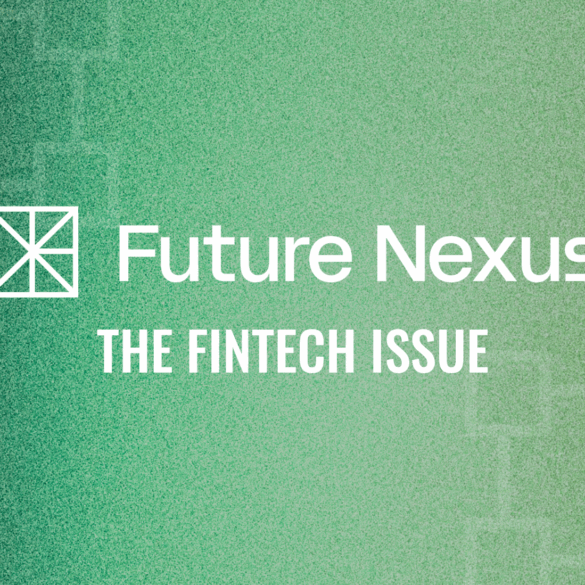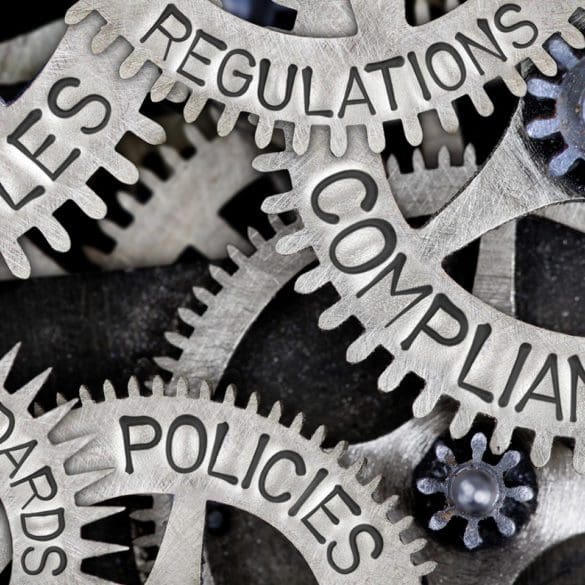For years, the Federal Reserve was a lockbox when it came to communications; longtime Chair Alan Greenspan’s strategy was FedSpeak,...
For its 2023 State of Compliance Benchmark Report, Alloy surveyed more than 200 professionals working in compliance-related roles at fintechs to learn more about their organizations' compliance strategies.
Sponsored
Sponsored content is a type of promotional media paid for by an advertiser but created and shared by a publisher. Fintech Nexus contracts sponsored content articles to experienced journalists comfortable in the fintech space.
The Fed looks to supervise banks' involvement in crypto and fintech. Innovation is the focus but their approach will determine if successful.
This week we had the Fed finalizing guidelines for access to its payment systems, a look at the Visa-Mastercard duopoly, projections on what an Apple checking account might look like, Affirm CEO wishing for a recession, fintech lenders with higher borrowing costs and more.
Like many interested in the crypto space, Crapo has asked for months about the stablecoin report.
All eyes are on Wyoming this week as the Federal Reserve will be meeting for its annual Jackson Hole Symposium,...
In the light of the enforcement action against Farmington State Bank, Michele Alt of Klaros Group, gives four lessons for anyone considering acquiring a bank.
The day after The Fed announced yet another (albeit smaller) rate hike, Arc launches a high yield account so startups can gain on idle cash.
Thursday afternoon, the Boston Federal Reserve and MIT Digital Currency Initiative (DCI) released Phase 1 of Project Hamilton.
We focus on the law of unintended consequences, and how making rules often creates the opposite outcome from the desired results. The analysis starts with the Cobra effect, and then extends to a discussion of the Wells Fargo account scandal, dYdX trading farming, Divergence Ventures executing Sybil attacks, and Federal Reserve insider trading. We touch on the concepts of credit underwriting and token economies, and leave the reader with a question about rules vs. principles.









